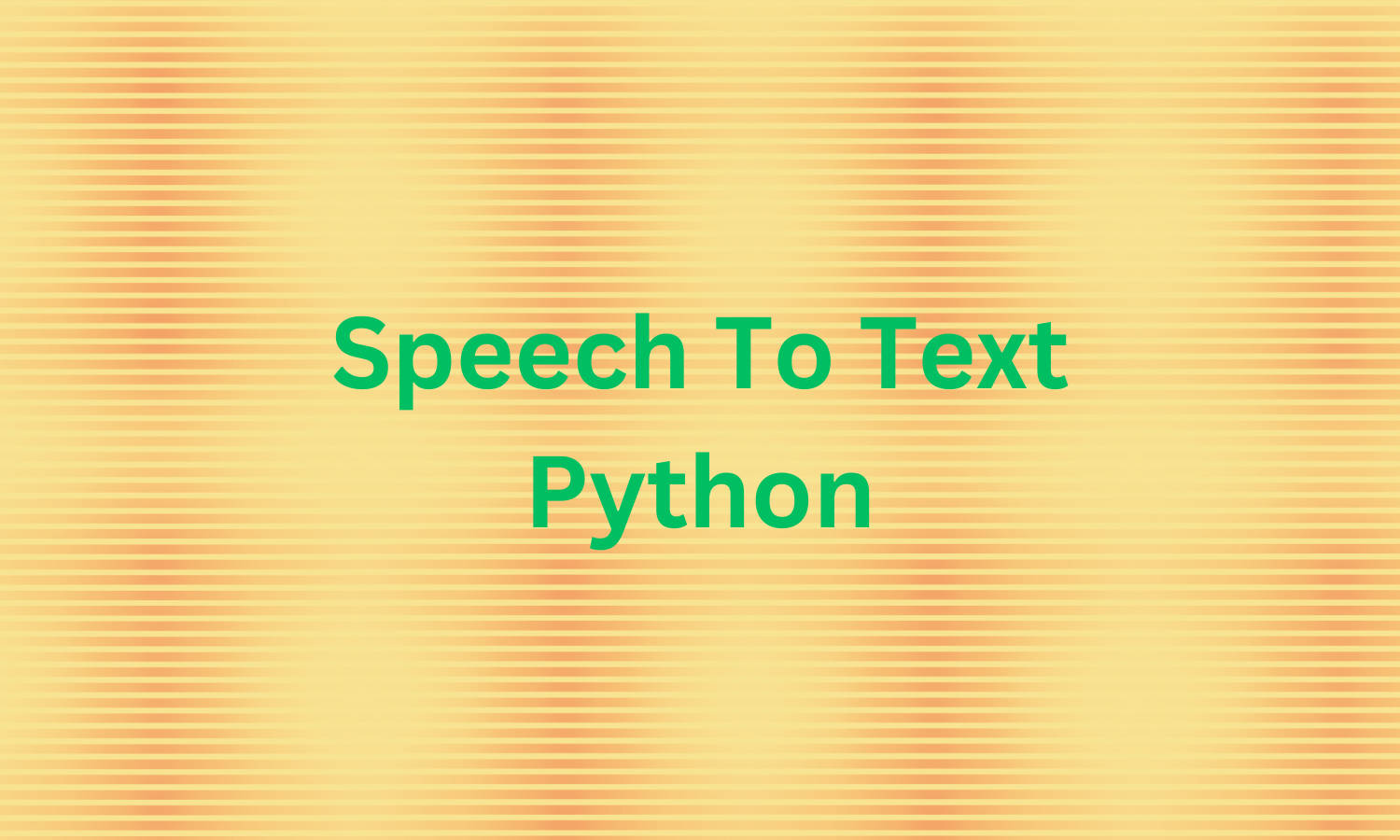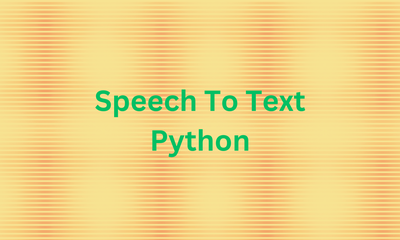By khoanc, at: 2024年2月20日11:27
Estimated Reading Time: __READING_TIME__ minutes


By khoanc, at: 2024年2月20日11:27
Estimated Reading Time: __READING_TIME__ minutes


